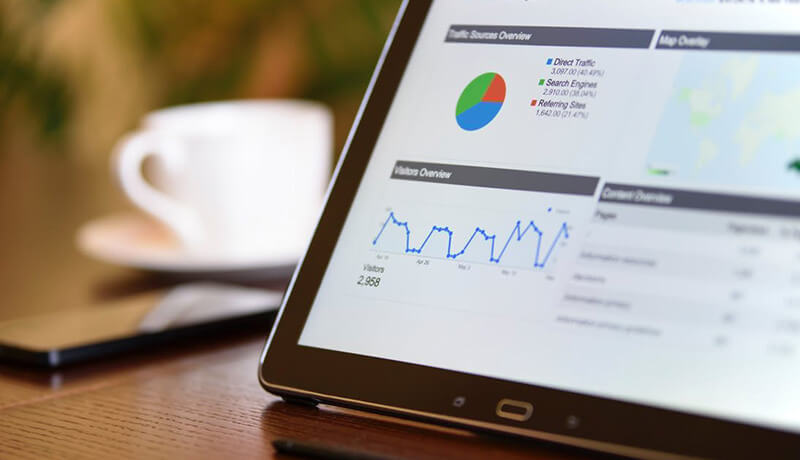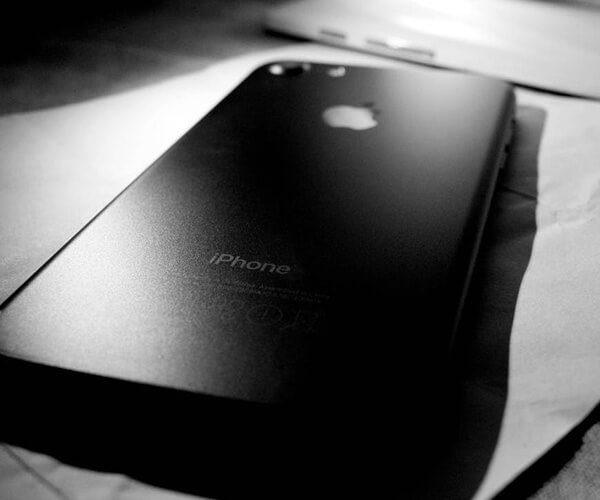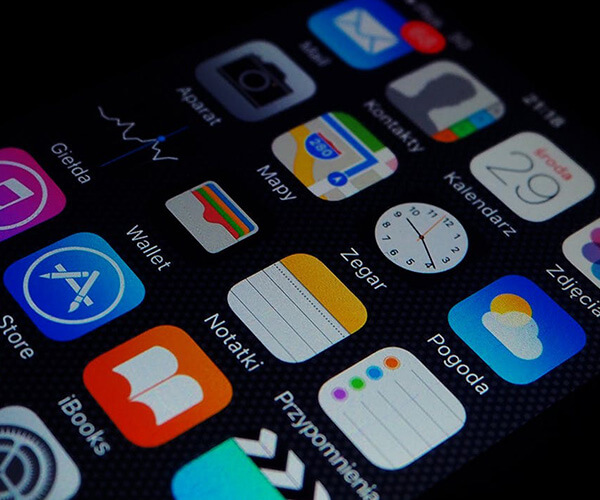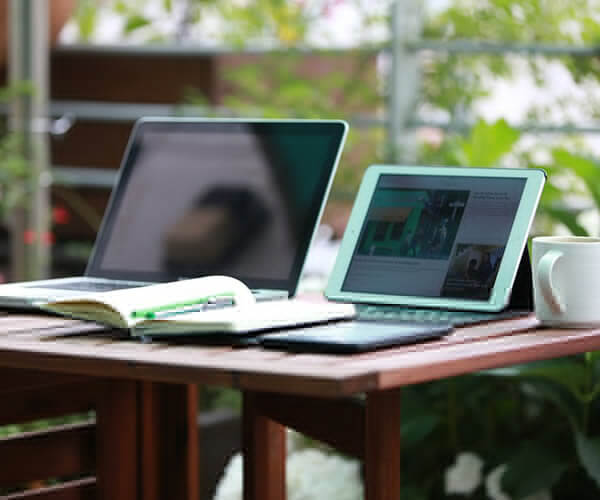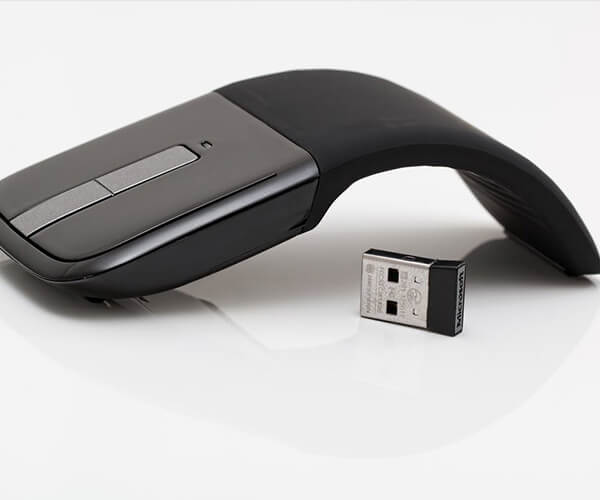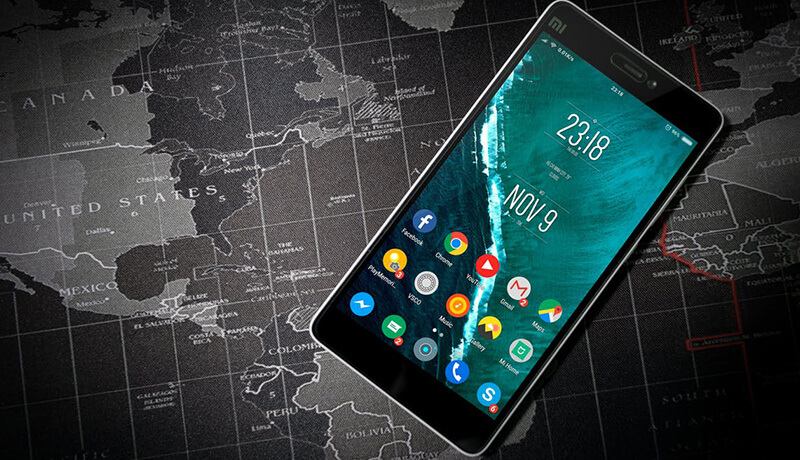

New Forms of Art Through the Fusion of Technology and Creativity
In a dimly lit gallery, a crowd gathers, their eyes glued to a large screen displaying a mesmerizing visual spectacle. As the lights dim further, the audience is transported into a digital realm where colors swirl and morph, synchronized to an ethereal soundtrack. This immersive experience is not just a display of artistic talent; it is a product of the collaboration between art and technology. The fusion of these two realms has given rise to innovative forms of expression that challenge our perceptions and redefine the boundaries of creativity.The Evolution of Art Through Technology
Historically, technology has always played a pivotal role in the evolution of art. From the invention of the camera obscura during the Renaissance to the advent of photography in the 19th century, each technological advancement has transformed artistic practices. Today, we are witnessing another significant shift as digital tools, artificial intelligence (AI), virtual reality (VR), and augmented reality (AR) reshape how artists create and audiences engage with art. Digital Art has emerged as a prominent form of expression, allowing artists to leverage software and hardware to produce works that were previously unimaginable. Artists can now create intricate designs using graphic design software, manipulate images with digital tools, and share their creations with global audiences through online platforms. This accessibility has democratized art, enabling emerging artists to gain visibility without the constraints of traditional galleries.Immersive Experiences: The Role of VR and AR
One of the most exciting developments in the intersection of technology and art is the use of virtual reality and augmented reality . These technologies allow audiences to immerse themselves in interactive environments that enhance their experience of art. For instance, VR art exhibitions enable viewers to step into a virtual gallery where they can explore artworks from different angles, interact with installations, and even participate in artistic creation.A notable example is "The Night Cafe," a VR experience that transports users into Vincent van Gogh's iconic painting. Participants can walk through the vibrant colors and textures, experiencing the artwork in a way that traditional viewing cannot replicate. This immersive approach deepens emotional engagement and invites viewers to form personal connections with the art.Similarly, AR technology enriches real-world environments by overlaying digital elements onto physical spaces. Artists can create dynamic installations that respond to viewer interactions or environmental changes. For example, an AR app might allow users to point their smartphones at a mural to reveal hidden animations or additional layers of meaning.Artificial Intelligence: A New Collaborator in Creation
Artificial intelligence is another transformative force in contemporary art. AI algorithms can analyze vast datasets to generate original artworks or assist artists in their creative processes. This collaboration between human intuition and machine learning leads to novel forms of expression that push artistic boundaries.One prominent example is Refik Anadol’s project "Artificial Realities," which utilizes AI to create stunning visualizations based on extensive datasets. Anadol trained his AI model on billions of images related to coral reefs, resulting in abstract representations that reflect both beauty and ecological urgency. His work exemplifies how AI can serve as a partner in creativity, offering new perspectives on environmental issues while expanding artistic possibilities.Moreover, AI-generated art has gained traction on social media platforms like TikTok, where creators share their unique visualizations created through machine learning algorithms. This phenomenon raises questions about authorship and originality in art but also highlights the potential for technology to inspire new artistic movements.New Mediums: 3D Printing and Beyond
The advent of 3D printing has revolutionized how artists create physical objects from digital designs. This technology allows for intricate sculptures and installations that would be challenging or impossible to achieve using traditional methods. Artists can experiment with materials ranging from plastic to metal, creating complex shapes that push the limits of craftsmanship.For instance, artist Eric Standley uses laser-cut paper to create stunning stained glass-like pieces that play with light and shadow. His work demonstrates how technology can enhance artistic vision rather than merely streamline production processes.Additionally, 3D printing enables mass production while maintaining artistic integrity. Artists can produce multiple copies of their work without sacrificing quality, making art more accessible to collectors and enthusiasts alike.The Impact on Art Markets
The fusion of technology and art extends beyond creation; it also transforms how art is traded and experienced. The rise of blockchain technology has introduced new ways to authenticate artworks and facilitate transactions through non-fungible tokens (NFTs). Artists can now sell digital works as unique assets, allowing for new revenue streams while ensuring provenance.Online platforms dedicated to art streaming have emerged, providing museums and galleries with opportunities to reach broader audiences through virtual exhibitions. This shift not only enhances accessibility but also challenges traditional notions of ownership and exhibition spaces.Conclusion: A Future Shaped by Collaboration
The integration of technology into the world of art represents an exciting frontier for creativity and expression. As artists continue to explore new mediums and techniques enabled by technological advancements, they challenge conventional definitions of what art can be.The relationship between technology and art is not merely transactional; it is collaborative. By embracing these innovations, artists are not only expanding their creative horizons but also engaging audiences in meaningful ways that transcend geographical boundaries.As we look toward the future, it is clear that this fusion will continue to evolve, shaping our cultural landscape in profound ways. The possibilities are endless—where imagination meets innovation lies a vibrant world waiting to be explored by both artists and audiences alike.
Share
Rewrite
Scroll to Top

